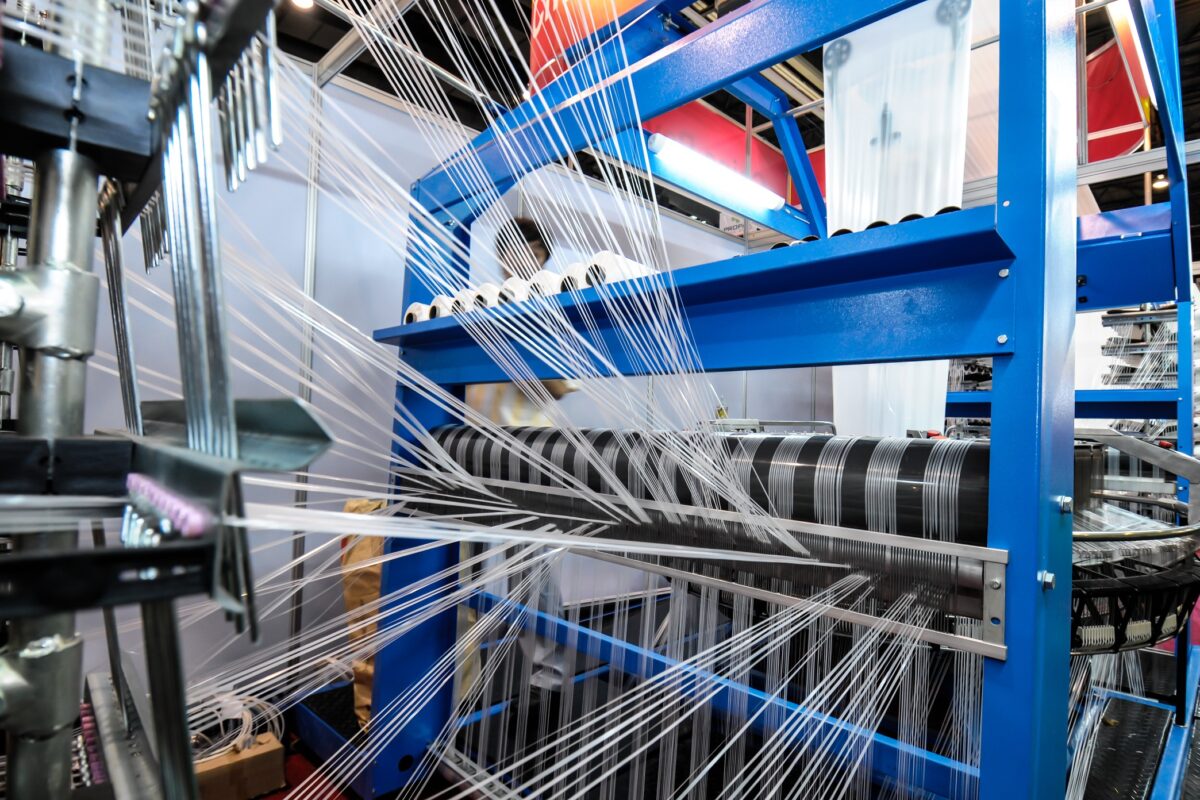
Emerging opportunities in the fashion sector are driving new innovations amongst leading global brands. A Lectra report based on data compiled by Retviews shows, brands like Zara and H&M are navigating new challenges like rising importance of digital channels, supply chain disruptions and an increased focus on sustainability successfully, to lead apparel sales across the world.
As per a Textile World report, Zara’s parent company Inditex’s sales grew to €11.9 billion ($13.2 billion) in the first half of 2021. Nearly, €8.5 billion ($9.4 billion) of these originated from Zara alone. Sales of the Spain-based company’ increased 9 per cent from the 2019 pre-pandemic levels. Sales of Sweden-based H&M Group, the parent company of H&M also returned to pre-pandemic levels in 2021. The group’s sales surged 8 per cent during the fourth quarter of the fiscal against the same period during the previous year.
Sustainable strategies brings continued success
Continued success of both these brands can be attributed to the adoption of sustainable strategies across operations. In the last one year, Zara has introduced several high-end, premium collections such as its Studio Collection. It has also launched a premium concept collection-Zara Origins. The brand sought new partners this year like the Dutch collective Kassl Editions and South Korea-based streetwear brand ADER Error.
In 2021, Zara launched 17 per cent more premium collections and pieces than previous year. It also surged past H&M, whose existing premium collection grew only 2 per cent throughout the past year.
Using premium fabrics in collections
Both brands have been emphasizing the use of cotton and polyester fabrics in their collections. They are also opting for recycled versions of both fabrics, each making up between 20 and 30 per cent of the brands’ fabric mix. Both brands are adopting premium fabrics, namely cashmere, wool and leather fabrics in their collections. H&M is making extensive use of cashmere in its assortment while Zara is stepping up investments in premium fabrics.
Focus on sustainability
Both Zara and H&M are stepping up sustainability efforts with H&M taking the lead. They have increased the size of premium assortment, making these collections more expensive. The price rise can be attributed to the brands’ use of higher quality fabrics and their collaboration with high-end suppliers
Higher prices for Zara
Compared to H&M, Zara’s collections, both premium and regular, command higher prices; while H&M offers similar maximum prices for both premium and regular collections, Zara asks for a higher maximum price for its premium collection. Its regular collections are also priced higher than those of H&M. Despite following different business models, prices of both brands have increased significantly over the past few months. While Zara focuses on small production batches, H&M, sources a large part of its products in Asia, which has led to a 13-per cent increase in the brand’s average price, within the past five months.
Launching metaverse collections
Both have launched digital collections into the metaverse Zara’s digital collection was launched in collaboration with South Korean brand ADER Error, while H&M’s sustainability-focused digital collection was launched within the popular game, Animal Crossing.
Both are shifting focus towards a more premium positioning and stepping up sustainable initiatives. They are monitoring competitors’ collections, pricing and discount strategies by using Retviews data to stay ahead in the race.












